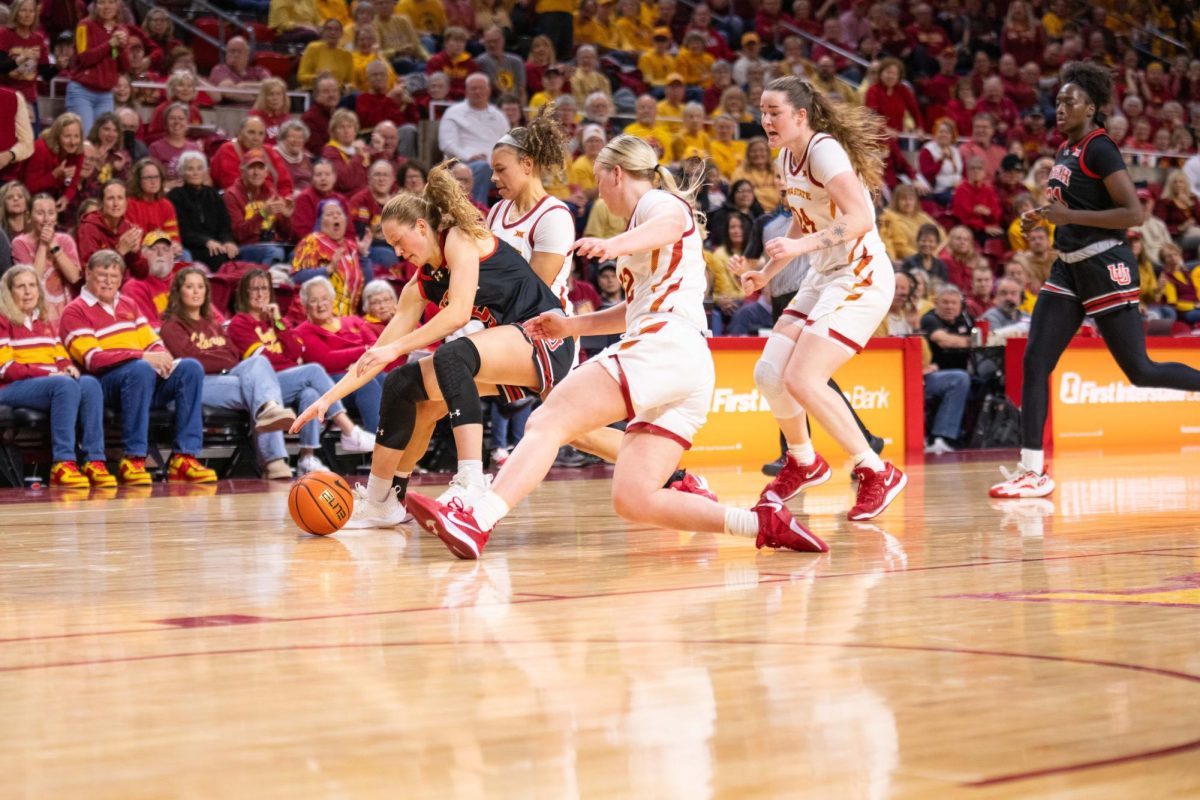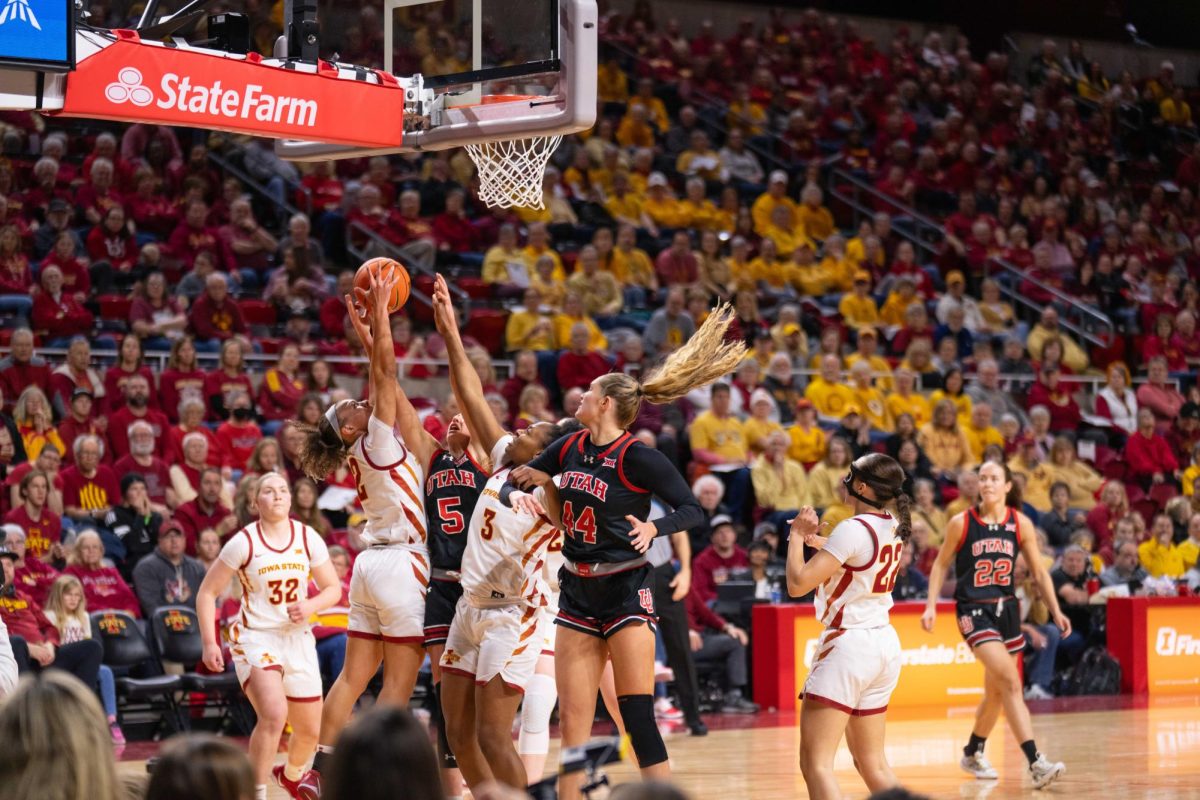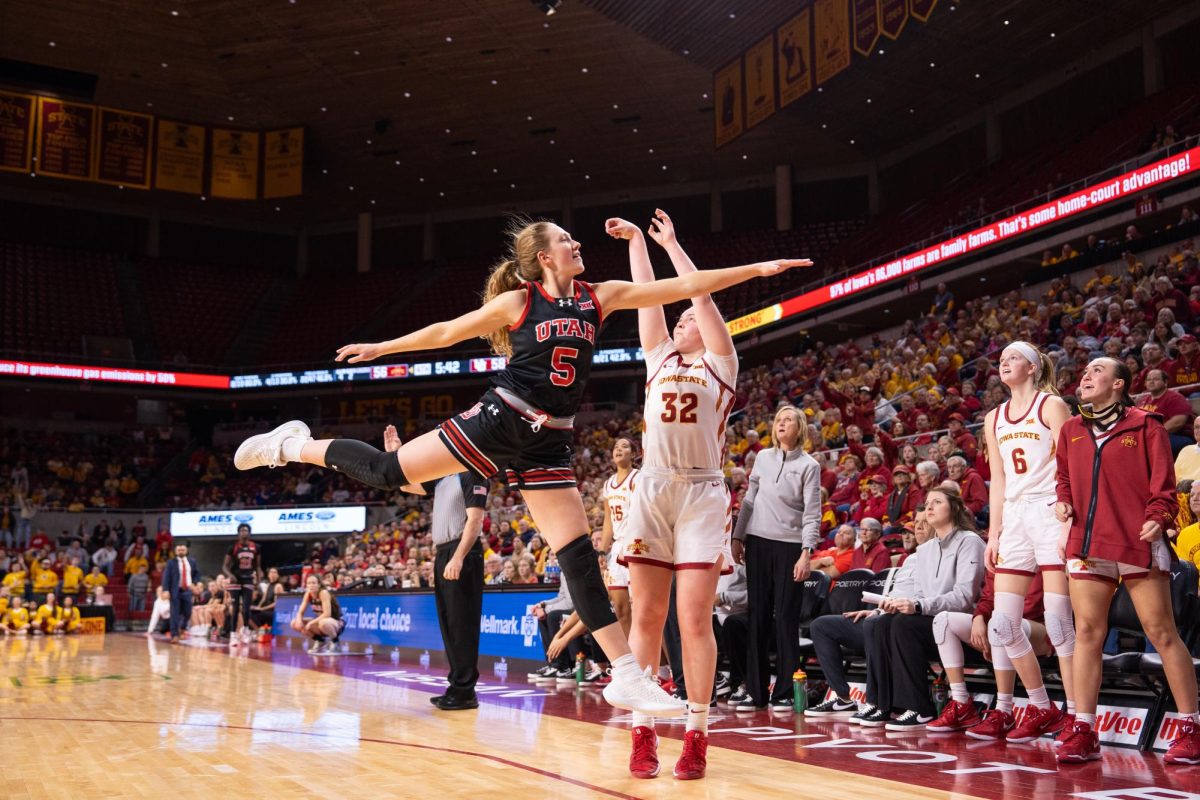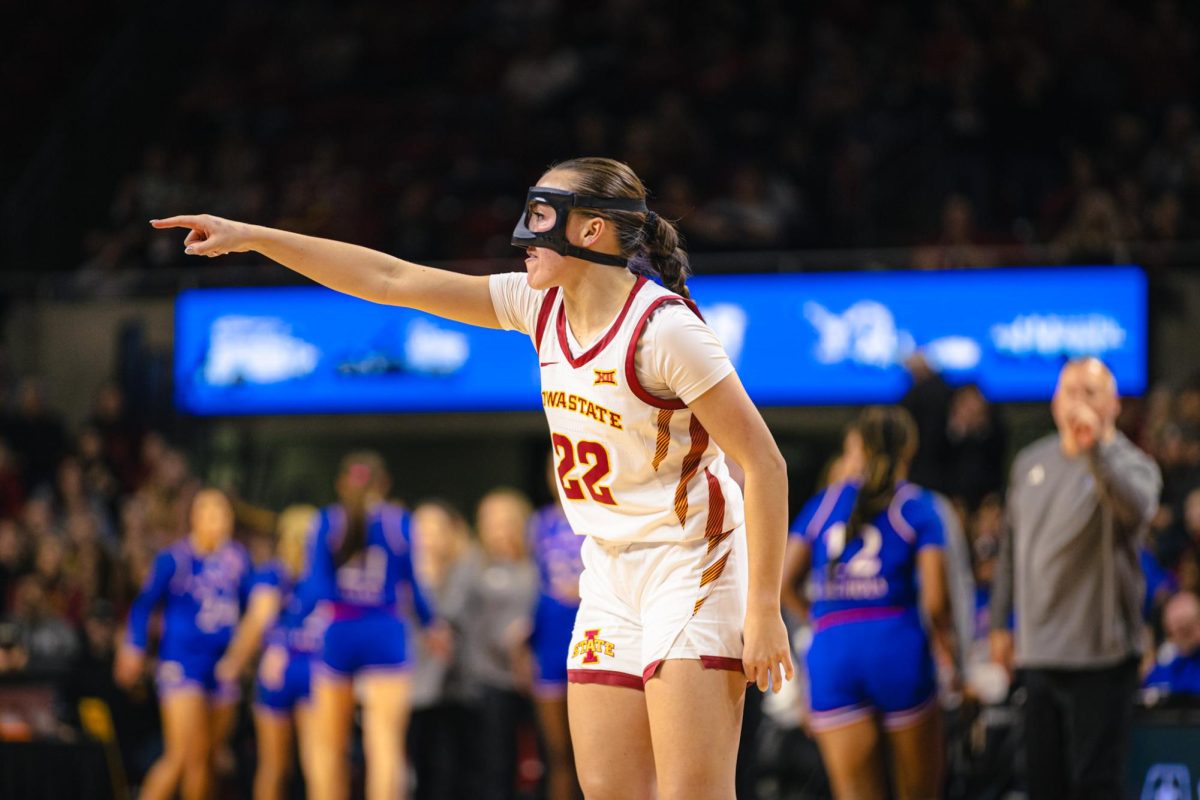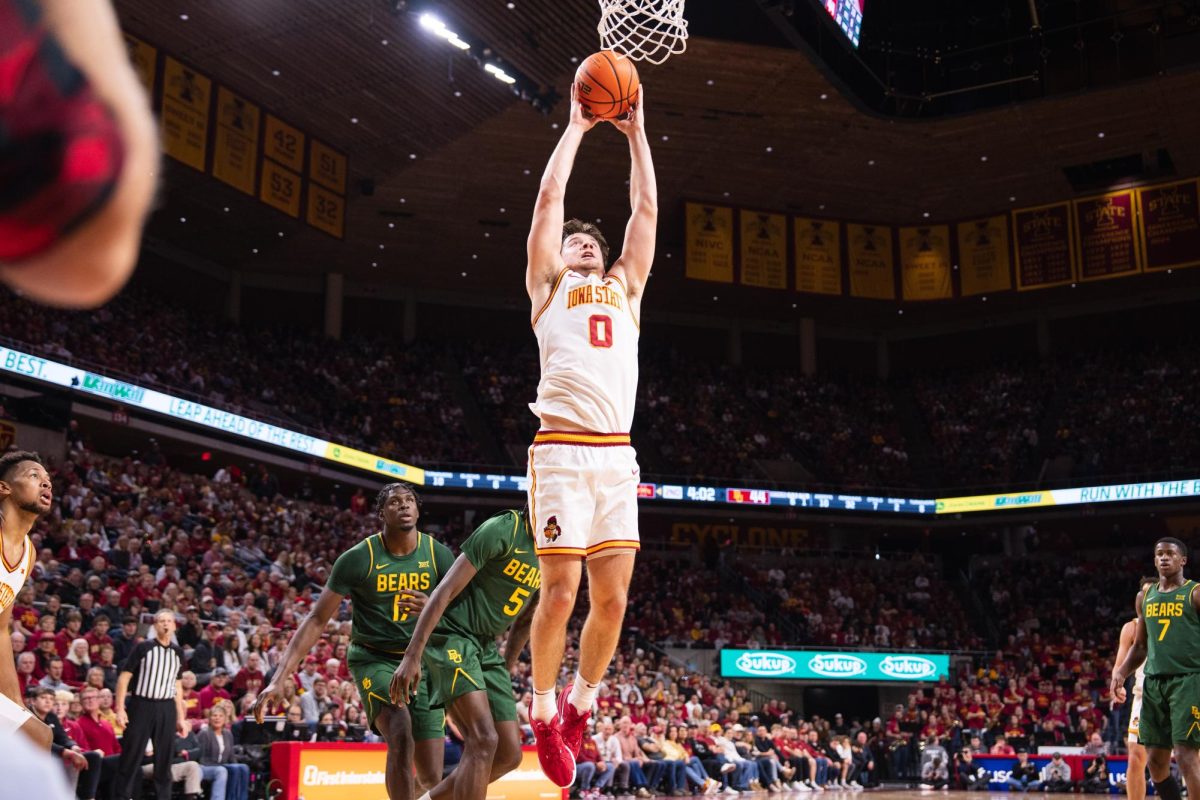Campaign spending in 2004 ‘impressive’
November 5, 2004
Though the increased voter turnout from the last presidential election — about 10 percent — has been touted as an impressive statistic, it’s easily dwarfed by the other big election factor: campaign spending, which increased by nearly 80 percent from the 2000 election.
In 2000, President Bush’s and Al Gore’s campaigns spent a total of about $306 million, according to the Center of Responsive Politics. This time around, Bush alone spent that amount while Kerry’s campaign added $241 million to the mix.
“The sheer amount of money is impressive,” said John Nelson, professor of political science at the University of Iowa. “What’s surprising about it, though, was that it was even available to the candidates. There was something qualitatively different with how money was being raised.”
Although the divisiveness of this election has been noted as one of the main reasons why donors have been generous, Nelson said he believed the issues were no more polarizing than in 1998 or 1992.
Instead, he said, the larger factor was how this election involved the most mature use of the Internet yet.
Jim Hutter, associate professor of political science, calls this the Howard Dean effect, for the previously-unknown Democratic candidate who broke fund-raising records through online grassroots fund raising. The Internet, Hutter said, made it easy for people to donate small amounts of money, which added up to huge cash sources for campaigns.
In 2000, individual contributions of $200 or less made up 10 percent of both the Bush and Gore campaign war chests. In 2004, both Kerry and Bush each raised nearly a third of their funds from these small donations.
Most of this campaign money was used for television advertising.
Not everyone in the country saw the increase, though. The majority of states, like California and Vermont, were considered already decided, so the campaigns focused on saturating the airwaves of the dozen so-called battleground states. Half of the advertising money was spent in the three largest battleground states: Ohio, Florida and Pennsylvania.
Chuck Todd, editor in chief for the Hotline political journal, estimated that Democrats and Republicans spent $1.6 million and $1.2 million respectively for each of Iowa’s seven electoral votes.
Independent groups, including the 527 groups like MoveOn.org and Swift Boat Veterans for Truth, added significantly to television spending.
From mid-August to mid-October, these groups spent $5.4 million in Iowa alone, according to the Center for Public Integrity.
It’s difficult to gauge the exact impact the increased campaign advertising had on voter turnout and results.
The Cato Institute, a think tank for limited government, released a study of elections from the past three decades, showing that turnout was highest when campaign spending and ad negativity were highest.
Hutter argued that other factors were just as likely for the election results, however, like superb organization by both parties and the perceived closeness of the race.
He also said he believed the ads this time around were more issue-oriented and less negative than in the past.
But Nelson said he is confident that the increased advertising had at least one discernible impact: “The Bush campaign’s advertising, including the 527s, did succeed in defining John Kerry as a candidate to a large part of the electorate,” he said. “It helped tremendously to promote that Kerry was a flip-flop.”


